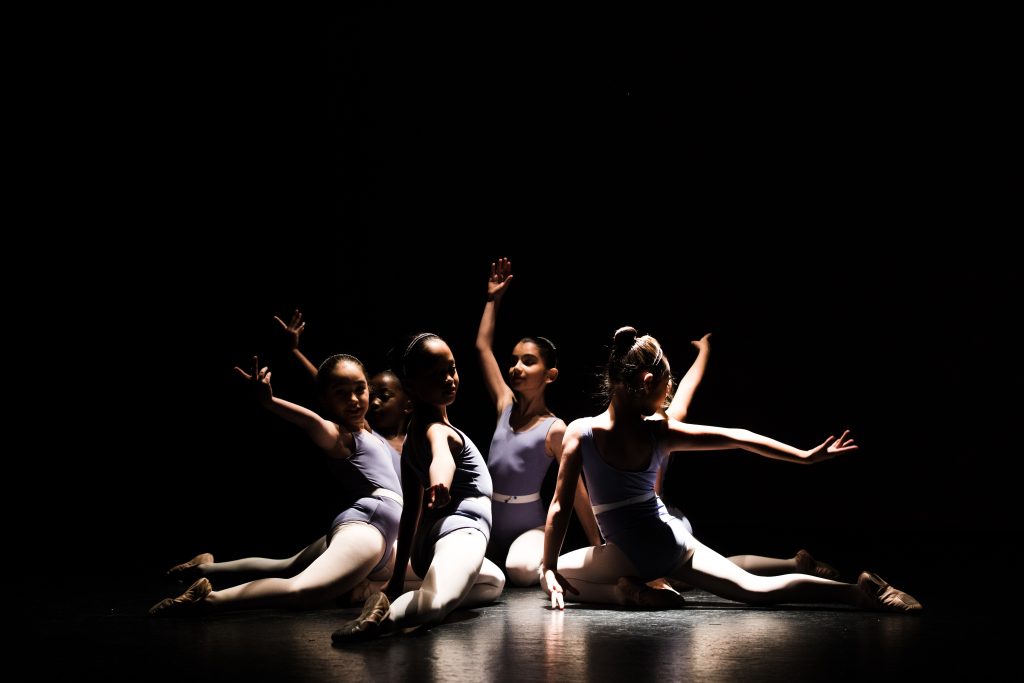Contemporary

A modern, creative and interpretive dance form. Contemporary choreography can be based on story telling, teaching dancers to express their emotions through movement.
Enrol today! Contact UsA little bit more about Contemporary …
Contemporary dance encourages a greater emotional connection through movement and musical content. This profound connection results in a credible, authentic and emotional dance performance which is satisfying for both the viewer and the dancer.
Contemporary dance styles emerged in the mid twentieth century where dance creatives sought new ways of expression through movement. Initially contemporary dance was considered almost as a rebellious dance form for it incorporated elements of classical, jazz and non-western dance styles. Improvisation forms an integral component of contemporary dance, as dancers and choreographers explore the limits of their kinaesthetic creativity. Today ‘Contemporary’ is considered a dance style in its own right, containing many sub-genres and patterns of movement.
Each contemporary dance class consists of a warm-up and stretch, technique exercises, improvisatory exercises and choreography. The thorough warm-up routine increases flexibility, strength and aerobic fitness in students, and technique exercises promote correct alignment and technical precision. Our contemporary improvisation exercises are mindful and exploratory, allowing students to discover their own dance steps and solve problems that may arise during choreography.
Southern Federation of Dance does not currently not offer examinations for contemporary students. However, our contemporary students must participate in ballet or jazz classes for further improved technique and exam work.
Contemporary students perform bi-annually at the Two Shoes Dance Academy mid, and end of year productions. The mid-year production takes form as a showcase setting, whilst the end-of-year production takes place in a theatre setting.
- Precise contemporary dance technique
- Greater sense of musicality and emotional connection to movement
- Increase in flexibility
- Increase in confidence
- Improved cognitive ability:
-
In working and long term memory; allowing the retainment of steps and dance phrases
-
In motor skills; allowing the execution of particular dance movements
-
In problem solving; allowing the dancer to compromise during choreography
-
- Team work skills
